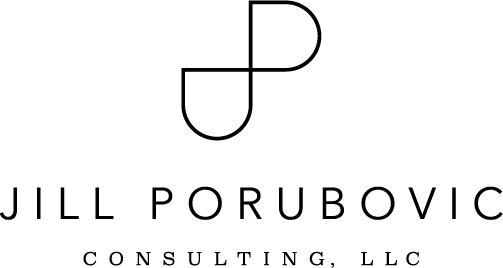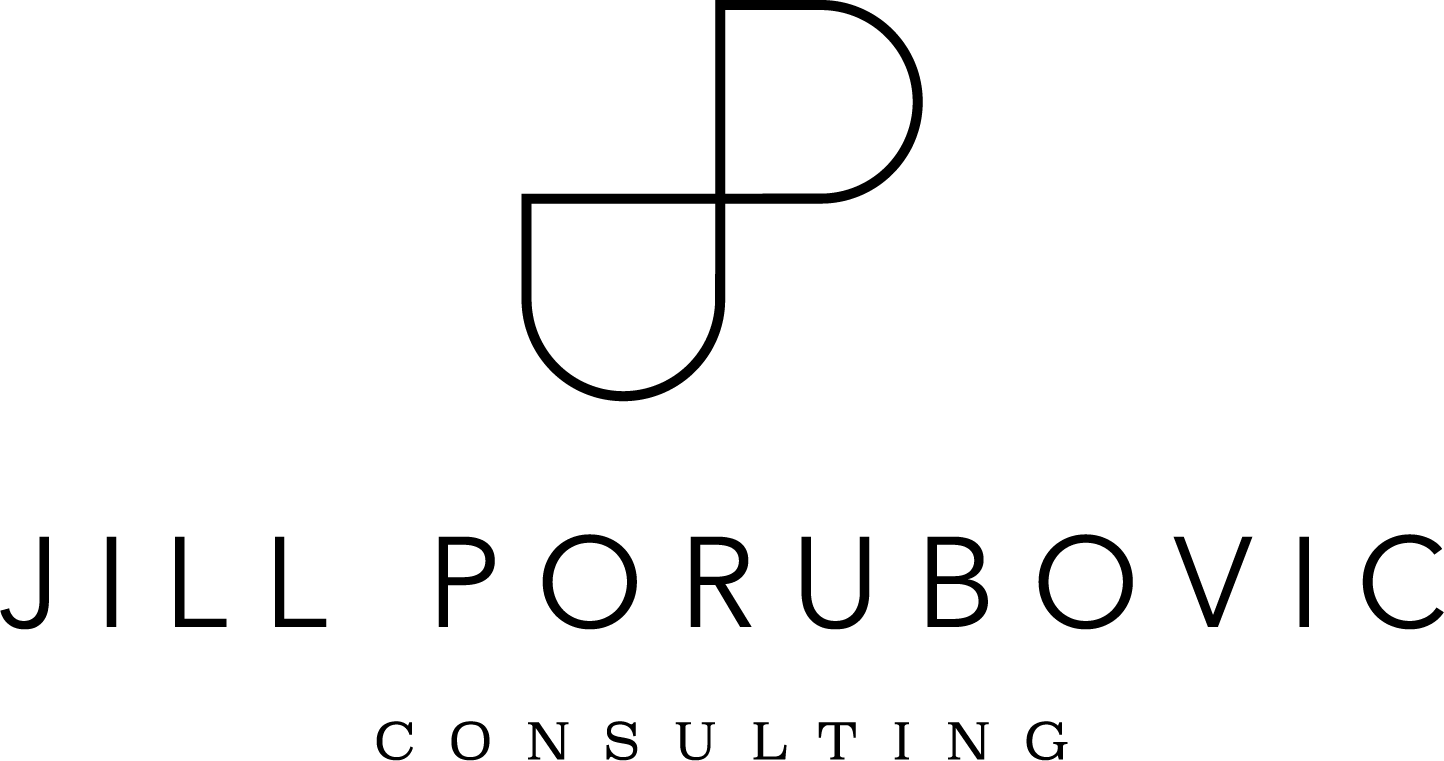Simply SaaS? Shadow IT could cost you
Years ago, installing an operating system update meant going from computer to computer, inserting multiple disks to complete the process. I remember spending nights and weekends trying to expedite this, running simultaneous upgrades on as many machines as possible. It was exhausting to physically touch every machine in the company.
Thanks to technology advancements and cloud computing, the age of installing upgrades from disks is long gone. It’s an incredible leap into the future to host products in the cloud, but it’s important to emphasize the effort still needs oversight and maintenance. Purchasing and managing software as a service (SaaS) products needs rigor for two primary reasons: cost and security.
Software as a service (SaaS): A software licensing model by which customers access software via a license; the software is located on external servers rather than on in-house servers
Though savings can be achieved by reducing your physical facility footprint, hardware purchases, development resources, maintenance contracts, and so on, it’s critical to understand many of those costs need to be reallocated to manage the new technology landscape. You might not be paying for the physical facility and equipment in a SaaS model, but the company you’re purchasing your SaaS product from must account for those costs in their licensing model. Additionally, your savings will be chewed away if you don’t keep the lid on shadow IT spend.
Shadow IT: Hardware or software within an enterprise that is not supported by a centralized department in the organization.
From my experience, there are six primary areas to consider when making your leap into SaaS products, each equally important to understand and cultivate (for platform products, there are additional considerations).
Purchasing SaaS products can be as easy as searching the web, finding software that looks appealing, and buying a license. Once you’ve completed the transaction, you’re off to the races working to understand what you’ve just purchased. The speed to market offered with SaaS is beautiful: There’s no costly setup or need for servers and IT folks. On the surface, it seems incredible. But what’s below the surface?
Every SaaS purchase should go through an expedited vetting process in a company. Every. Single. One. This can be challenging: Folks want to click, buy, and put the product to use. Establishing up-front rigor might be perceived as stonewalling and holding up progress.
But, Jill, if SaaS is so easy, why does a company need this rigor? To put it simply: to avoid paying the price of retroactive cleanup and security risks. Bringing a SaaS product together if agreements have been purchased separately is costly. Depending on the product, there will be data migrations and sometimes months or years-long professional services required to bring disparate tenants into one. If SaaS products are allowed to come into your enterprise without a security review and some level of oversight, you could be headed down a slippery slope of exposing unwanted company proprietary data.
In addition to cost and security, budgeting and forecasting SaaS is an entirely separate challenge, and it’s a beast that will require its own post!
— Jill P.
Contributors:
Edits by Elyse Goldberg



